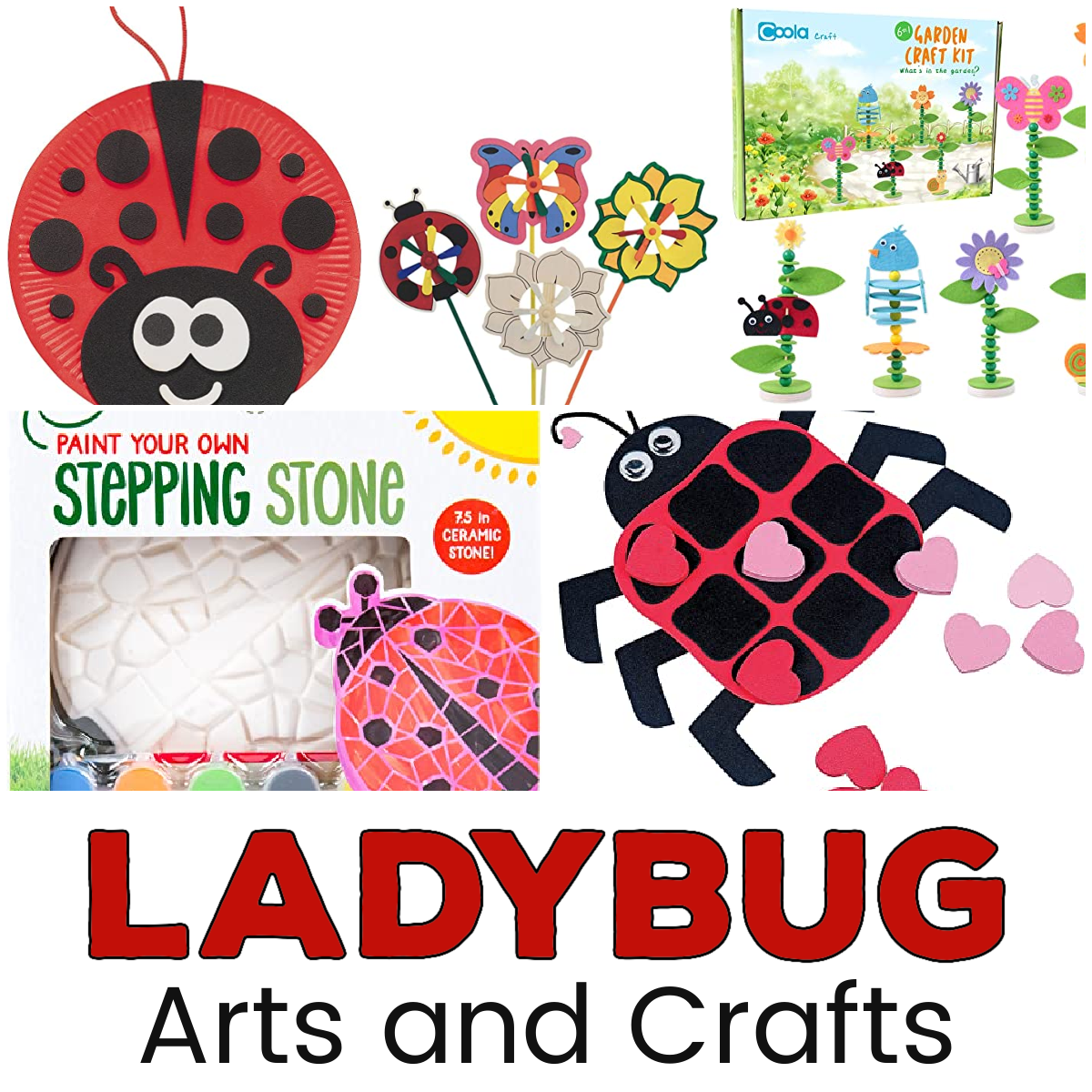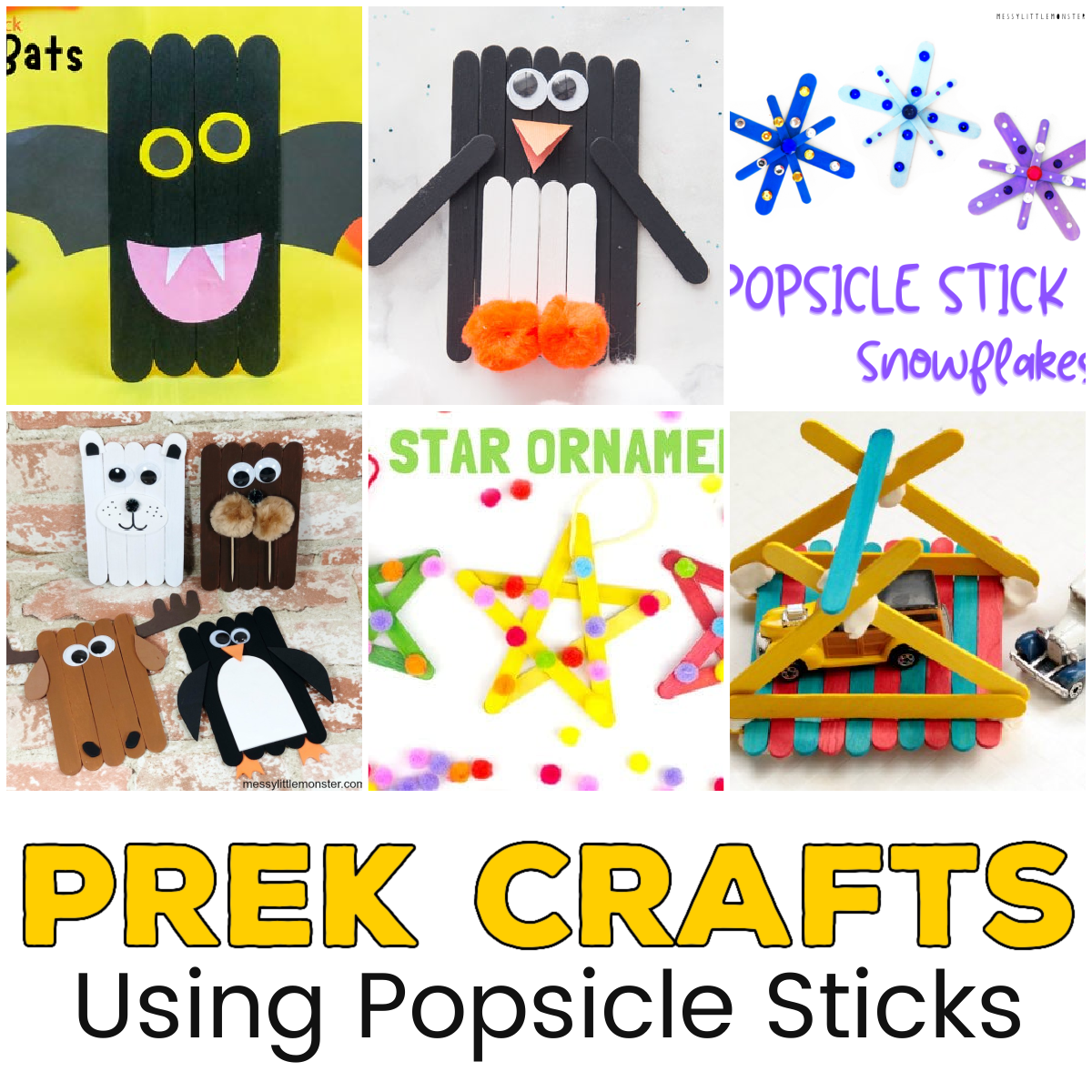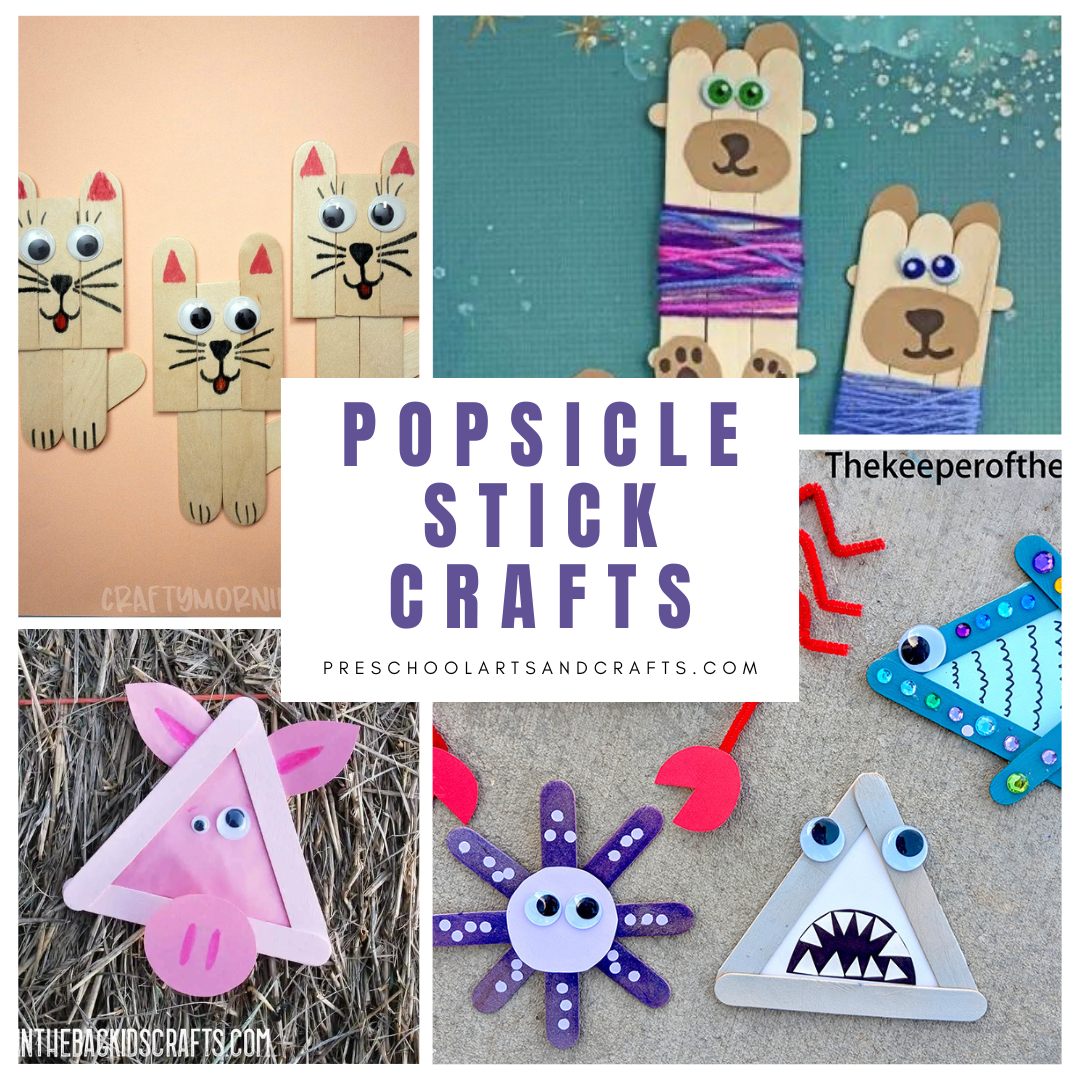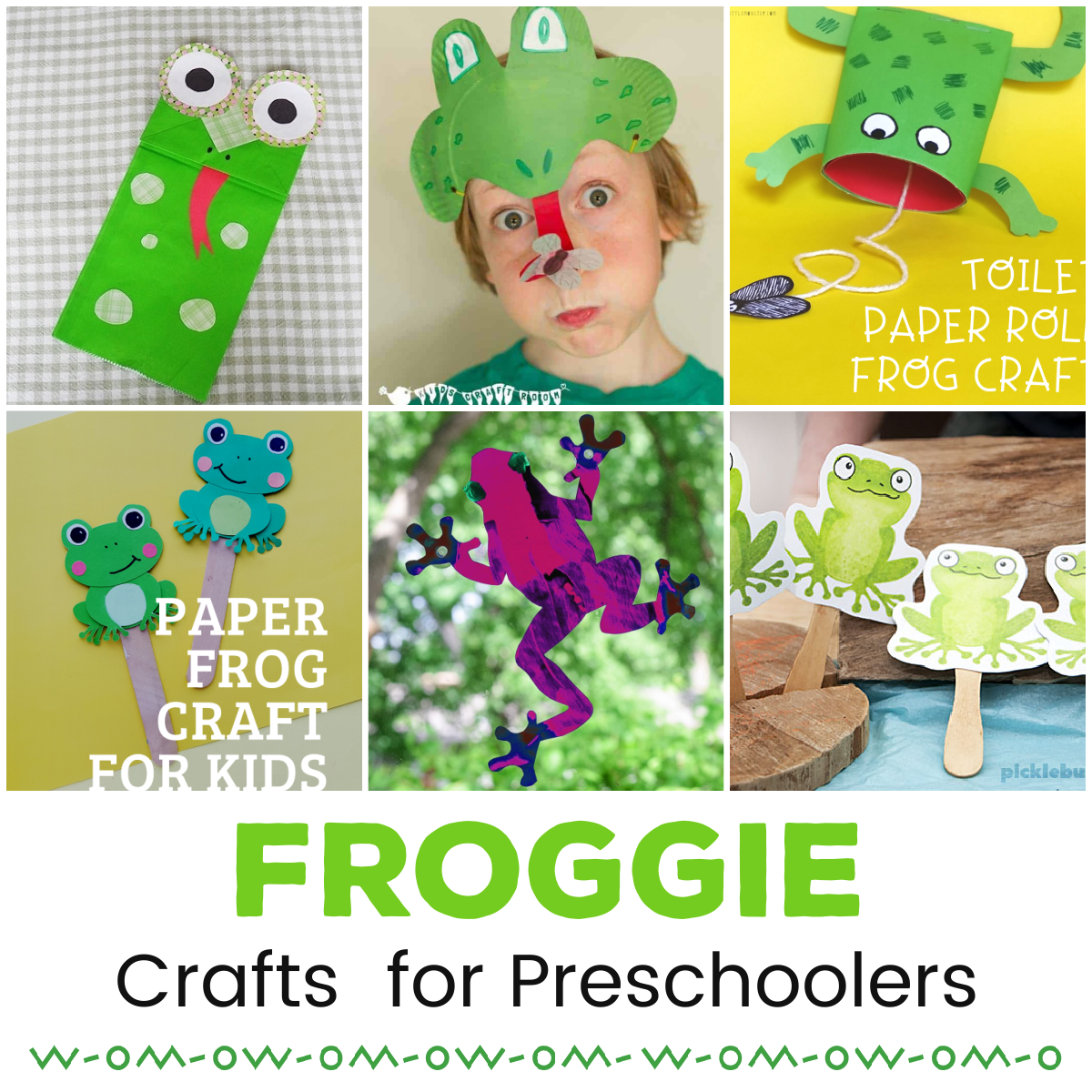Ladybug Arts and Crafts for Preschoolers
Are you a parent or caregiver searching for ways to encourage your little one’s creativity and fine motor skills? Well, we’ve got some exciting news for you!
Our Ladybug Arts and Crafts for Preschoolers are just what you need! Engaging in arts and crafts activities has been shown to be incredibly beneficial for young children’s physical, cognitive, and emotional development.
These activities provide opportunities for exploration, self-expression, and problem-solving. Creating ladybug-themed crafts can ignite your child’s imagination and curiosity about nature and insects while also improving hand-eye coordination, concentration, and patience.
At Preschool Arts and Crafts, we’ve gathered a collection of amazing ladybug crafts that you and your child can create together with materials you probably already have at home.
So, let’s grab some markers, paper, glue, and pom-poms, and prepare to unleash our inner artist and bug enthusiast!
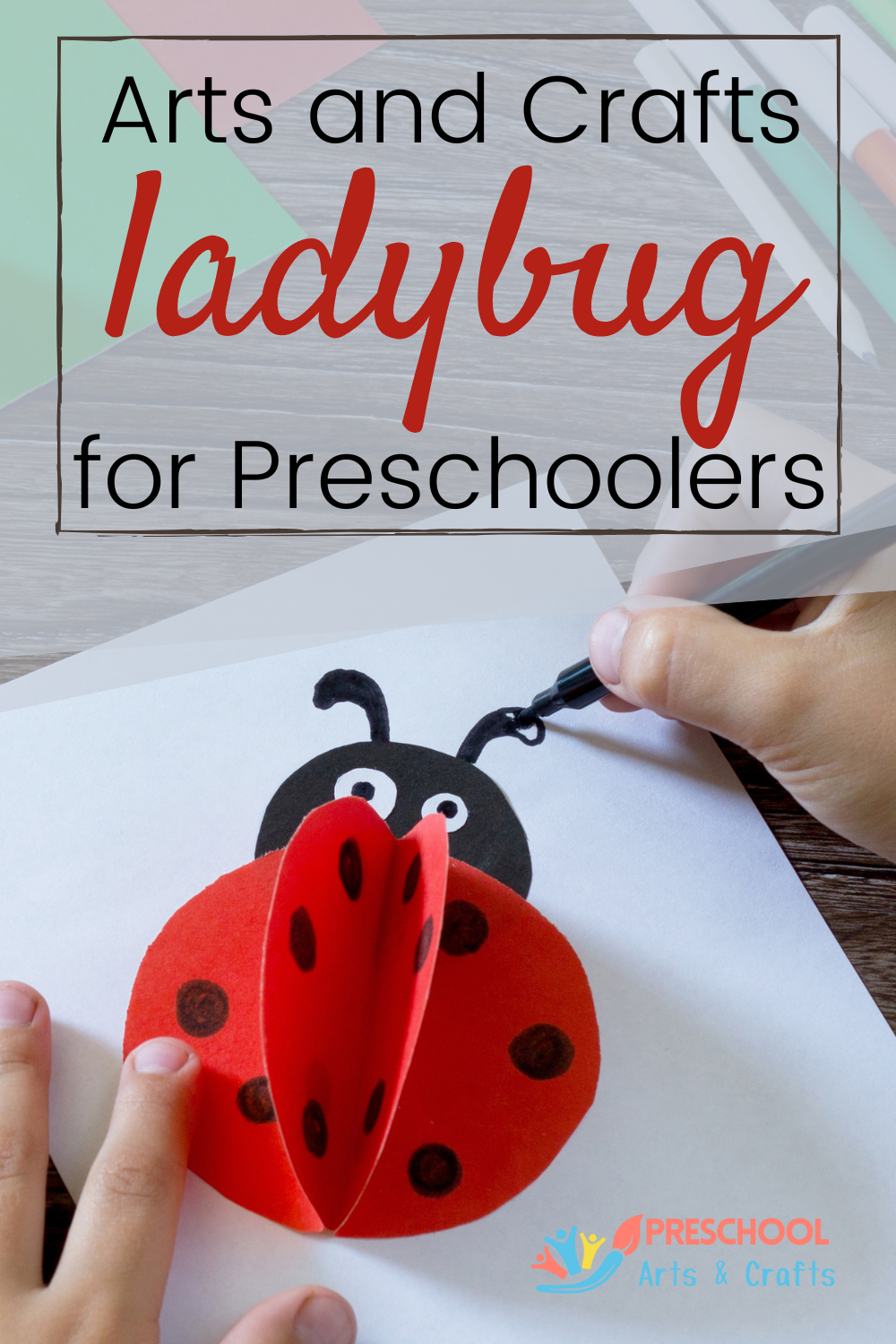
Benefits of Ladybug Crafts for Preschoolers
Ladybug crafts provide numerous benefits for preschool-aged children, and incorporating them into your spring and summer lesson plans can be incredibly beneficial.
One of the primary benefits of ladybug arts and crafts is that they help to enhance hand-eye coordination. These crafts often involve using small materials such as pom-poms, beads, and googly eyes, which require precise movements. As a result, children need to pay close attention to what they’re doing, which helps to improve their ability to coordinate their hand movements with what they see.
Another benefit of ladybug crafts is that they encourage creativity among preschoolers. Creating ladybug-themed crafts allows children to explore their imaginations and express themselves in new ways. These crafts offer endless opportunities for customization, and kids can use their creativity to make their bugs unique and special. By encouraging preschoolers’ creativity, ladybug crafts can help to foster a lifelong love of art and creative expression.
Furthermore, ladybug crafts can also help develop problem-solving skills among preschoolers. When children are creating these crafts, they need to figure out how to put the different components together to form a cohesive whole. This process requires trial and error, critical thinking, and problem-solving skills that are essential for success in later life.
In conclusion, incorporating ladybug arts and crafts into preschool lessons offers numerous benefits for children. From enhancing hand-eye coordination to fostering creativity and problem-solving skills, these activities can provide an excellent foundation for lifelong learning and artistic expression.
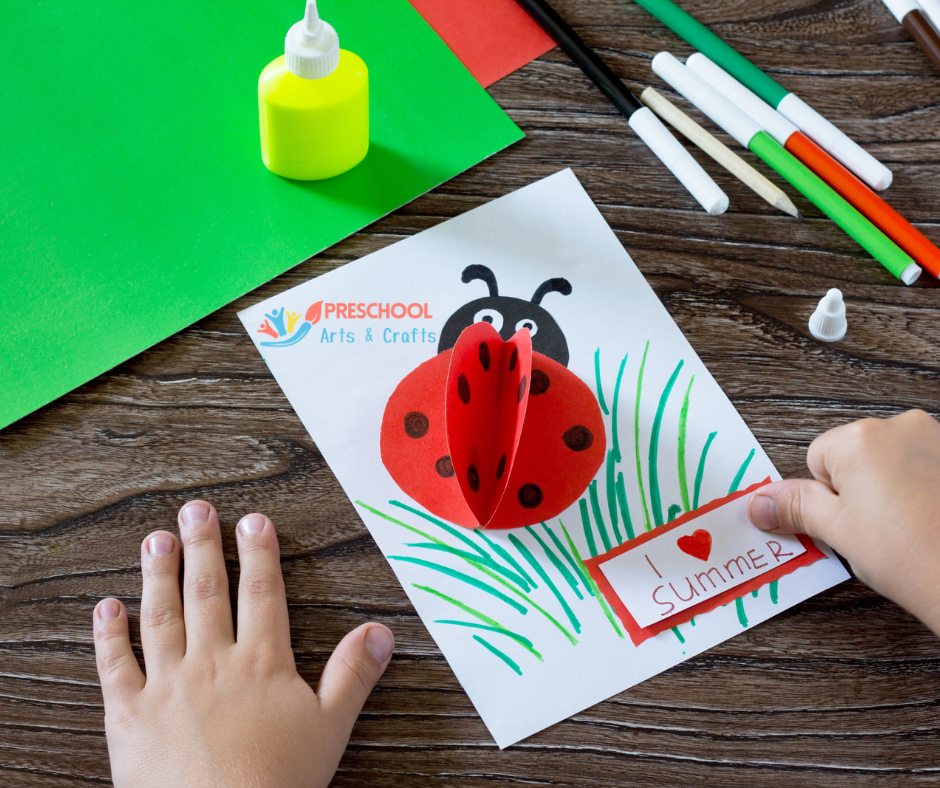
Ladybug Arts and Crafts for Preschoolers
Looking for fun and engaging activities to keep your preschooler entertained and stimulated? Look no further than our Ladybug Arts and Crafts!
These crafts are perfect for little ones who love bugs, nature, and getting creative. Not only are these activities great fun, but they also offer numerous benefits for young learners.
By creating ladybug-themed crafts, preschoolers can enhance their fine motor skills, develop problem-solving abilities, and unleash their imaginations.
In this section, we’ll take a closer look at some awesome ladybug arts and crafts that you and your child can enjoy together.
Fingerprint ladybug projects turn your little one’s fingerprint into a fun keepsake craft or art project.
Ladybug arts and crafts kits are a great way to practice new skills and explore new techniques with your preschoolers.
From paper plates to clay pots and so much in between, there are so many fun ladybug crafts for preschoolers!
This simple clay pot ladybug art project looks great in the garden, but it also makes a great gift for a loved one.

Tips and Tricks for Teaching Ladybugs
Teaching ladybug crafts to preschoolers can be a fun and rewarding experience for both you and your child. However, it can also be challenging to keep young children engaged and interested in the crafts.
Here are some tips and tricks to help you make the most of your ladybug crafting sessions:
- Keep it simple: When introducing new crafts to preschoolers, it’s best to start with something simple. Ladybug crafts that require only a few materials and straightforward instructions are ideal for young learners.
- Use visual aids: Children learn through visual cues, so using pictures or videos to explain the craft can be incredibly helpful. This way, kids can see the end result and have a clear idea of what they’re working towards.
- Make it interactive: Kids love hands-on activities, so try to make the craft as interactive as possible. For example, let them pick out the colors of the ladybugs or choose which materials to use for decorating.
- Keep it short: Preschoolers have short attention spans, so it’s best to keep the crafting sessions brief. Aim for no more than 15-20 minutes per session, and be sure to take breaks when needed.
- Add a story: Incorporating a story about ladybugs into the craft can help to keep kids engaged and interested. For example, you could read a book about ladybugs before starting the craft or create a story about the ladybugs they’re making.
By following these tips and tricks, you can ensure that your ladybug crafting sessions are fun, engaging, and educational for preschoolers.

Ladybug arts and crafts can be a wonderful way to engage preschoolers in creative and educational activities. From enhancing fine motor skills to fostering problem-solving abilities and unleashing imaginations, these crafts offer numerous benefits for young learners.
By incorporating visual aids, keeping the craft interactive, and adding a story, parents and caregivers can keep preschoolers engaged and interested in the crafting session.
Remember to keep it simple, short, and fun! With these tips and tricks, you and your child can enjoy hours of ladybug-themed crafting fun that will help them develop essential skills and create lasting memories.

